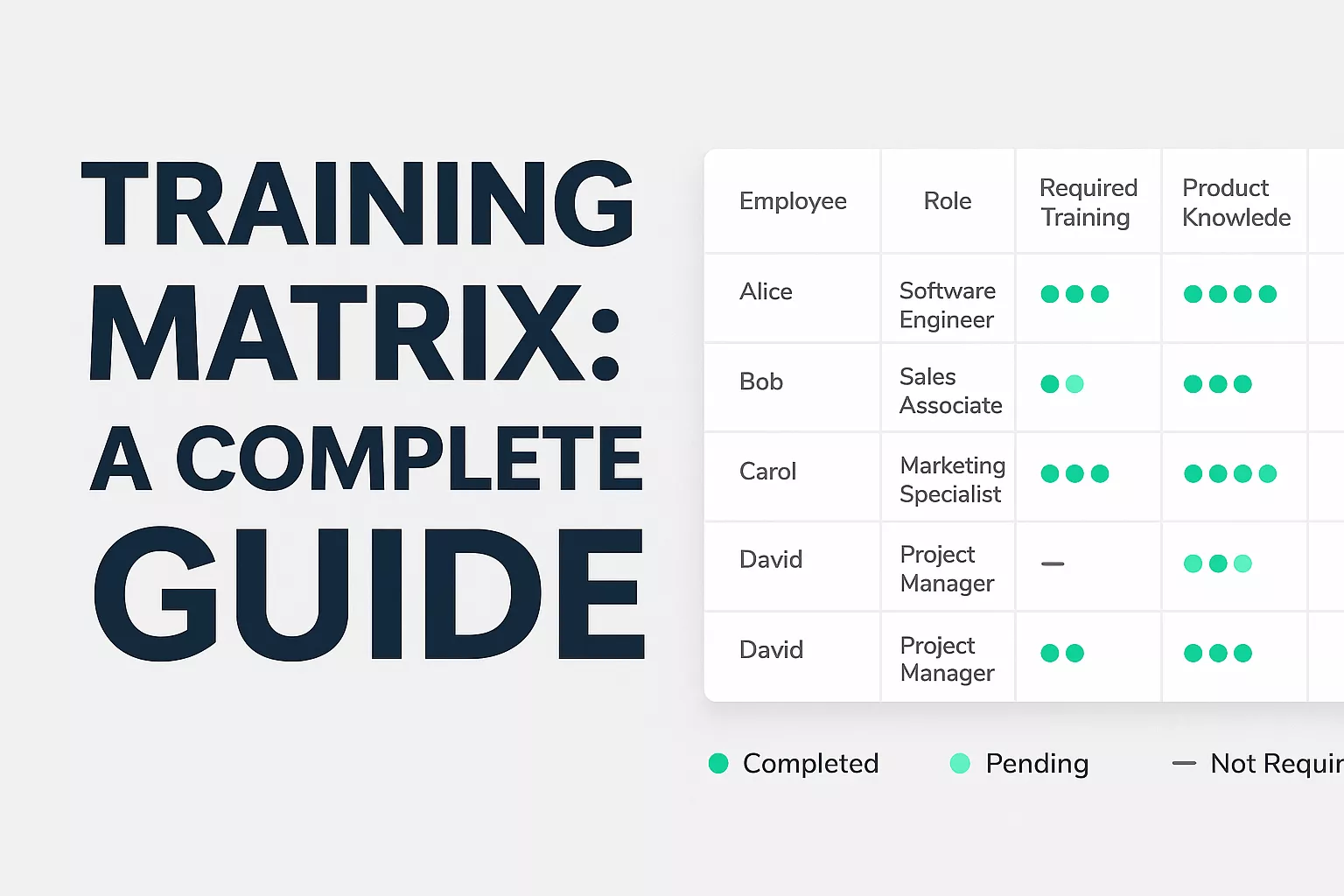by Venchito Tampon | Last Updated on October 31, 2024
Learning and development interventions in the Philippines (L&D) refers to the structured programs and activities designed to enhance employees’ skills, knowledge, and competencies within organizations.
These interventions are essential in addressing the specific needs and challenges of the workforce as well as the organizational objectives, creating and developing a culture of continuous learning and adaptation in a rapidly changing business environment.
Top Learning And Development Interventions in the Philippines
This list covers the top learning and development interventions in the Philippines and has been constantly updated to fit into the current learning needs of employees today. Here’s an overview of the top L&D interventions:
In-House Training Programs
Many Philippine organizations design in-house training sessions specifically tailored to their operational needs. These may include technical skills development like sales training and skills enhancement like leadership training.
Most L&D practitioners categorize in-house training programs into hard skills and soft skills – but today, they now call soft skills “core skills.”
Hard skills are technical skills that address the competencies of individuals for a specific task or job. For example, sales training programs are designed to elevate the closing rates and prospecting efficiency of salespeople within the organization. It addresses the performance gap between their current sales quota and their desired performance.
Soft skills, often called core or interpersonal skills, are non-technical abilities related to working and interacting with others. Unlike hard skills, which are about a person’s skill set and ability to perform specific tasks, soft skills are more about behavior and thinking, personal traits, and cognitive skills. They are crucial for building relationships, gaining visibility, and creating more opportunities for advancement.
Online Learning and Blended Learning Platforms
With the digital transformation in the Philippines, many companies have adopted online and hybrid learning to provide their employees access to a wide range of courses and training materials.
This type of learning intervention enables flexible learning schedules and a broader array of topics.
Blended learning is an educated approach that combines traditional face-to-face classroom instruction with online learning and independent study. Participants can learn at their own pace and time while still experiencing a high-quality learning environment.
Mentorship Programs
Some organizations in the Philippines implement mentorship programs where experienced consultants, trainers, and professionals guide their less experienced employees.
Mentorship programs are typically one-way communication, where they help employees develop their skills and better understand the organizational mission, vision, and culture.
Most companies we’ve trainers in my corporate training company have created specialty mentorship programs for their managers and leaders – as these have a higher need for mentorship (e.g., thinking styles and skills).
Continuous Leadership Development Programs
As I’ve observed with Filipino companies as a trainer-consultant, some multinational companies create in-house leadership development programs to address continuous succession planning of leaders, new and transitioning managers, and supervisors and develop their existing managers.
Continuous leadership development programs start by identifying their leadership and development strategy, which include the following:
- Vision of the organization they support (it must support the company’s overall vision in the current year).
- Leadership competencies (specific areas of leadership and management they want to highlight in their programs).
- Success measures (identified KRAs – Key Responsibility Areas and KPIs – Key Performance Indicators).
- Learning Journey (types of learning, and if it includes pre-training and post-training)
- Specifics of leadership development program (training schedule, objectives for each program, etc..).
In the Philippine context, leadership development programs are now an integral learning and development intervention and not just part of a soft skills training program.
Team Development
Often known as team building, team development is a learning and development intervention designed to address the pressing need for bridging alignment within an organization. Some are helping organizations to be more effective through interpersonal processes.
Team development (“team building”) can be categorized into three facets:
- Team alignment – for established teams but lacking understanding and applying culture alignment (as well as goal alignment) within each other. It aligns (as it calls it) teams within organizations to a common purpose, vision, or goals.
- Team bonding enhances professional relationships among participants to minimize or avoid conflicts and allow for better harmony and dynamics among teams.
- Team building helps unite employees within teams and creates a better work culture, which can lead to progress in performance and culture alignment.
Executive Coaching
Executive coaching is a learning and development intervention for senior leaders and the C-Suite of the organizations. It addresses their day-to-day challenges as they lead the entire organization.
Given their strict, busy schedules, executive coaching allows senior leaders and executives flexibility. It is an ongoing program to help unlock the potential of these high-level professionals to elevate their work performance and move the organization forward.
On-the-Job Training
On-the-job training is a practical approach to learning where employees learn by doing. They work on actual tasks under the supervision of a mentor or a supervisor, which helps them acquire job-specific skills and knowledge.
Observation is integral to this learning intervention as the observer (manager/supervisor) assesses the employee’s current job knowledge, skills, and attitude toward the given task/job.
Succession Planning
Succession planning involves preparing employees to take on critical roles within the organization in the future. It included a combination of training, shadowing, and mentoring – and, to some extent, a development program to allow the organization to create a pipeline of capable leaders.
Cultural Sensitivity Training
Given the Philipines’ diverse culture andthe many organizations now working with professionals outside the country, some organizations provide training to help their employees understand and respect different cultural backgrounds, enhance teamwork, and reduce workplace conflicts.
In today’s learning and development, we call it “cultural intelligence” – connecting and adjusting to other people’s cultures to promote unity and achieve organizational goals.
These learning interventions areal for individual employees’ growth andgnificantly to organizational success by aligning employee skills with the company’s strategic goals.
The Author
Venchito Tampon
Venchito Tampon is a Filipino motivational speaker, Business Consultant, Founder and Lead Corporate Trainer of Rainmakers Training Consultancy. He trained and spoken in over 250+ conventions, seminars, and workshops across the Philippines and internationally including Singapore, Slovakia, and Australia. He has worked with top corporations including SM Hypermarket, Shell, and National Bookstore.
He also founded SharpRocket, a digital marketing company, Blend N Sips, eCommerce for coffee supplies, and Hills & Valleys Cafe, a local cafe with available franchising.
He is a certified member of The Philippine Society for Talent Development (PSTD), the premier organization for Talent Development practitioners in the country.
An active Go Negosyo Mentor (of Mentor Me program) and a business strategist and consultant.
You may also like
Training Matrix: A Complete Guide
Training mix is a structured framework that helps HR and Learning and…
Learning and Development Plan: A Complete Guide
Learning and Development Plan (L&D plan) is a structured flow and framework…




